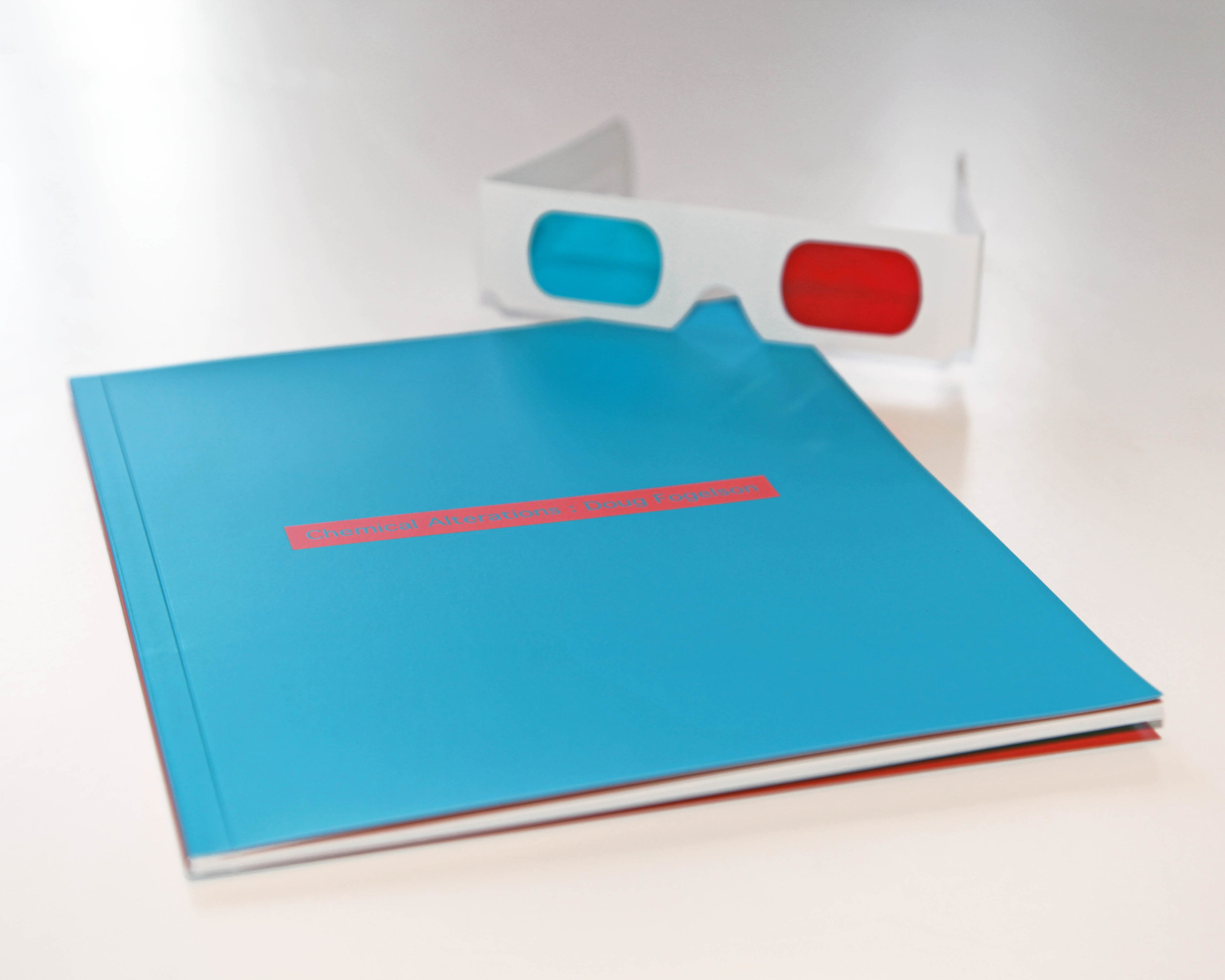Looking forward to the first opening of this traveling exhibition honoring the centennial of the Bauhaus. December 7th 2018 - March 10 2019
https://www.nrw-forum.de/en/exhibitions/bauhaus-und-die-fotografie
In what ways do the Bauhaus’ innovations still contribute to the development of photography’s visual language today? What role does avant-garde photography around 1930 play for contemporary artists? The exhibition “Bauhaus and Photography—On New Visions in Contemporary Art” brings together works that represent the new vision of Bauhaus practitioners like László Moholy-Nagy, Erich Consemüller, Walter Peterhans, Marianne Brandt, and Lucia Moholy with contemporary artists including Thomas Ruff, Dominique Teufen, Daniel T Braun, Wolfgang Tillmans, Doug Fogelson, Max de Esteban, Viviane Sassen, Stefanie Seufert, Kris Scholz, Taiyo Onorato & Nico Krebs, Antje Hanebeck, and Douglas Gordon. Contemporary photographs, sculptures, and video installations enter into dialogue with the objective photography of the Bauhaus decade.
The exhibition’s historical point of departure is the Werkbund exhibition “Film and Photo,” which was on view in 1929/30 in the cities of Stuttgart, Berlin, and Zürich, among others. Bauhaus artist Moholy-Nagy, who was known for his experimental photographic works, curated galleries dedicated to the history and future of photography respectively, and explored this new vision in photography. The 300 exhibits from the historical portion, which may be understood as a kind of manifesto by the artist as they addressed current debates about the significance of photography as art, will be virtually reconstructed. Furthermore, part of the exhibition as it was presented in Berlin is on view. Together with the photographic works by contemporary artists, the present exhibition opens a dialogue between the historical event and the present. By sharing their own forward-looking designs that utilize electronic and digital media, design students from the Hochschule Darmstadt and the Technische Hochschule Nürnberg offer a view to the future.
After the opening at the NRW-Forum Düsseldorf, the exhibition will be on view in Berlin and Darmstadt. It is curated by Prof. Dr. Kris Scholz (Hochschule Darmstadt), Prof. Dr. Kai-Uwe Hemken (Kunsthochschule Kassel), and Prof. Dr. Christoph Schaden (Technische Hochschule Nürnberg GSO). A comprehensive bilingual catalogue will accompany the exhibition.
The project is supported by the Kulturstiftung des Bundes, the Hessisches Ministerium für Wissenschaft und Kunst, and the Hochschule Darmstadt.
The exhibition is part of the Bauhaus anniversary in NRW. 100 years bauhaus im westen is a project of the NRW Ministry of Culture and Science and the Rhineland and Westphalia-Lippe Regional Associations. The patron is Isabel Pfeiffer-Poensgen, Minister for Culture and Science of North Rhine-Westphalia.

















